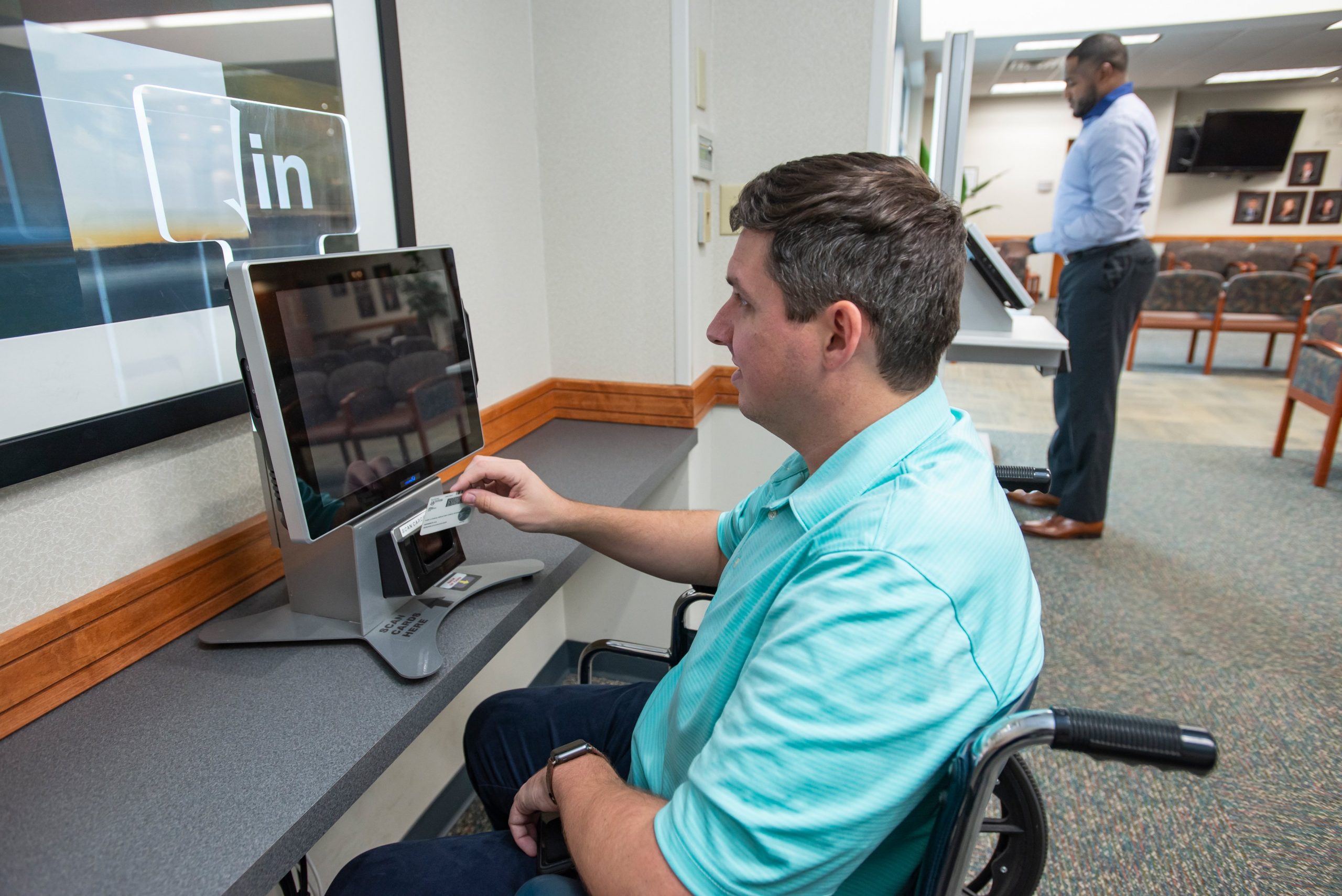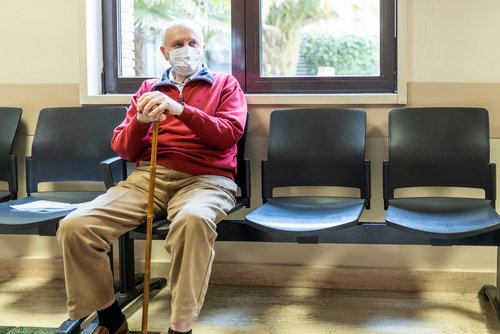Patient Pre-Arrival Best Practices
Patient pre-arrival is a key strategy medical practices can take to ensure a safe, positive and flexible patient experience. As practices work to increase patient volume and encourage patients to reschedule procedures, it’s more important than ever to help patients feel safe. However, this is a major challenge for practices that don’t have the proper tools to communicate new policies and procedures.
‘Is my medical practice following appropriate social distancing measures?’ ‘Are they making sure patients with positive symptoms for infectious diseases are routed differently?’ These questions are at the top of patients’ minds and make an immediate impression on how they feel about their medical practice.
What Does Patient Pre-Arrival Entail?
Before a patient ever enters the facility, there is a complex process that practices follow to ensure they have the correct data on their patient to provide the best care. It is critical practices have a process to collect:
● Patient Demographic Information
● Patient Medical History
● Insurance Benefits and Coverage
● Patient Orientation
1. Collect patient demographics at the time of scheduling, not at check-in

Practices should automate their patient data collection process, enabling patients to provide critical data right after their appointment is scheduled, not when they walk in the door. Not only does this expedite the patient arrival process, but it allows practices to create targeted workflows to enhance the patient experience and even offer additional services to the patient, where they would be a good fit.
With the right solutions in place, practices can communicate via text or email, collect data through a pre-check solution and provide patients with information ahead of their appointment regarding financial responsibilities.
2. Verify insurance benefits and coverage multiple times throughout each patient encounter
Most practices verify a patient’s insurance benefits and eligibility only once per patient encounter. By implementing an eligibility verification solution, practices can easily accelerate cash flow and reduce denied claims while simultaneously providing a better customer experience.

Practices should look for an eligibility verification tool that automatically runs in the background, can pull real-time information and is equipped to check a patient’s eligibility multiple times throughout each encounter.
With the right tool in place, practices can accelerate their cash flow by reducing pending and denied claims and enabling practices to pull audit trails at their fingertips, ultimately allowing them to get reimbursed faster.
3. Enable and communicate social distancing protocols

To reduce the spread of infectious diseases, health organizations have emphasized the importance of minimizing person-to-person contact. It is imperative to practices getting back to their normal patient volumes that there is a system in place to make sure patients are not overlapping in waiting rooms and can check-in safely.
Another benefit of digitizing the patient pre-arrival experience is allowing practices to collect patient information prior to the appointment in a patient’s native language, increasing the overall accuracy of the patient information collected.
Practices should look for zero-contact check-in and pre-arrival solutions. The right kind of digital solution will allow practices to pre-screen for symptoms, collect patient information and verify eligibility before the appointment, be flexible to accommodate walk-ins safely, and, most importantly, enable the practice to use whatever workflow works best for them.
4. Get staff to embrace the best pre-arrival practices

Once you have a new solution in place, you should train your staff and guide your patients on your new workflow.
It may be a learning curve for everyone to adjust, but in the end, moving to an electronic check-in registration system is the best solution for patients and staff alike. The end result is a greater experience and satisfaction for you, your team and patients.
Focus on the Important Things
Thanks to electronic pre-arrival and check-in tools, both staff and patients are satisfied. Doctors will also be able to focus more on the care they provide for their patients. The key is to develop an accurate and smooth registration system for your practice.
With a check-in process in place, you can identify weaknesses, such as where you lack patient data so that you can make improvements. You’ll also be able to make your practice more efficient by integrating your system with your practice management system.
In a case study with Tallman Eye Associates, Clearwave helped the practice improve their average check-in time from 21 minutes to just under 3 minutes. Tallman Eye Associates not only wanted to improve their patient registration and check-in process, but they also wanted to improve the overall patient experience. Clearwave helped them achieve this.
Dr. Wayne H. Persutte, Ph.D., M.S., FACHE, CMPE, COE, CEO of Tallman Eye Associates, says, “The introduction of Clearwave has represented a paradigm shift within our practice. Prior to Clearwave, we struggled with getting good quality information from our patients and producing clean claims – this has changed dramatically. We have become a model of business efficiency!”
With the right solution registration practice, you can provide other services by taking advantage of the demographic information. This may include supplemental services like aesthetics procedures or elective procedures that a specific demographic would want to invest in.
Ready to find an electronic patient pre-arrival and check-in solution that helps accelerate your practices’ cash flow up to 65 percent? Schedule a quick 30-minute demo with Clearwave today!
Recommended for you
Related Posts
New From Clearwave Innovation Lab: Appointment Manager
Reading Time: 3 minutes Advanced Tools, Effortless Use, Rapid Staff Productivity. By Blakely Roth | May 29, 2024 Clearwave’s latest innovation, Appointment Manager, is…
How to Fill Patient, Staff & Profit Gaps Without Over-Exerting Your Tech Stack
Reading Time: 4 minutes By Blakely Roth | May 15, 2024 High-growth practices need effective solutions to reduce staffing burdens, without raising costs. Practice…
Top 2 Trends Gastroenterology Practices Are Using to Boost Profits
Reading Time: 5 minutes By Chloe From Clearwave | May 6, 2024 As we navigate through 2024, gastroenterology practices find themselves at a critical…




